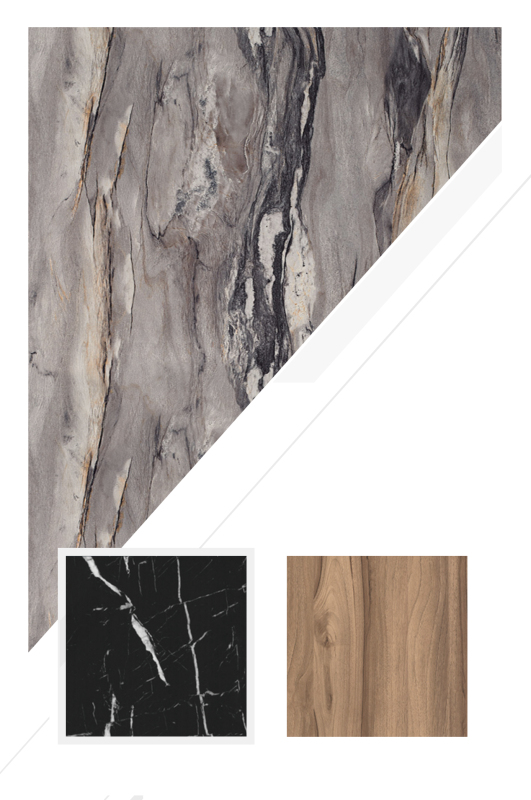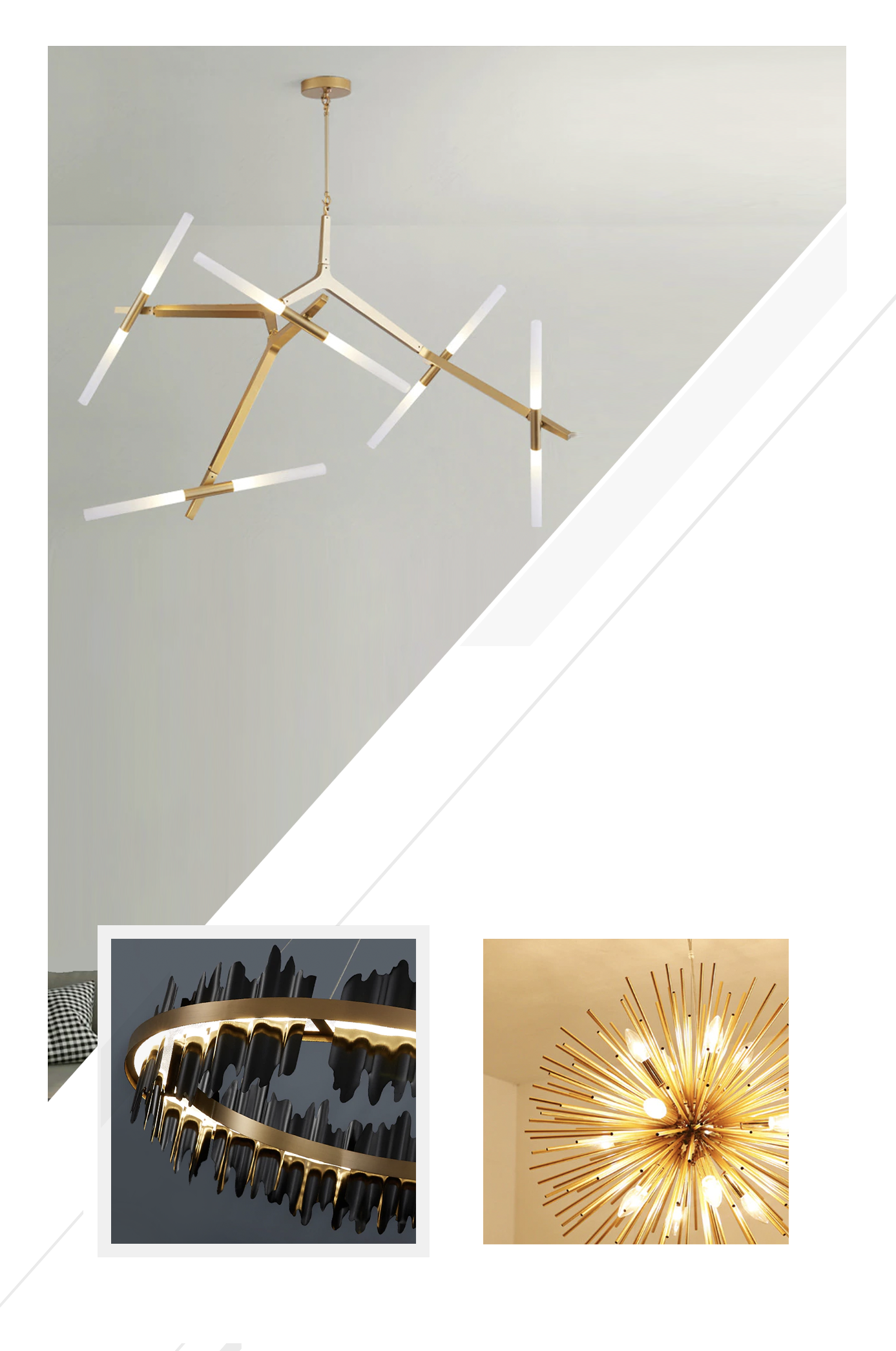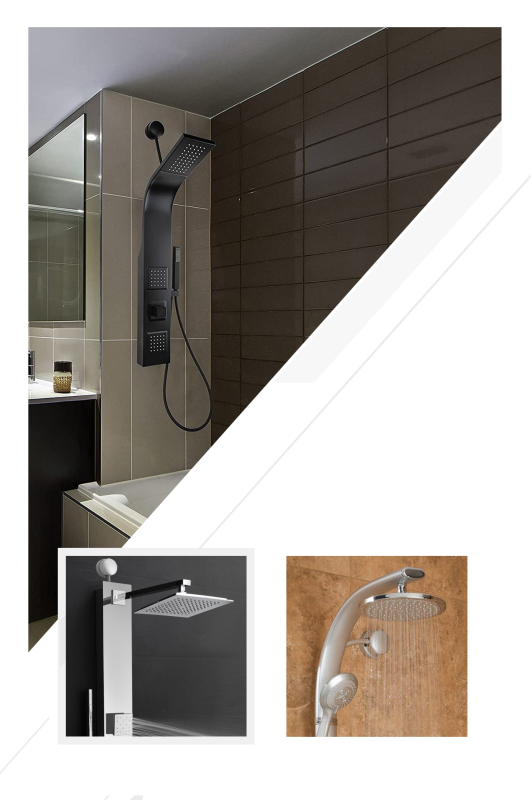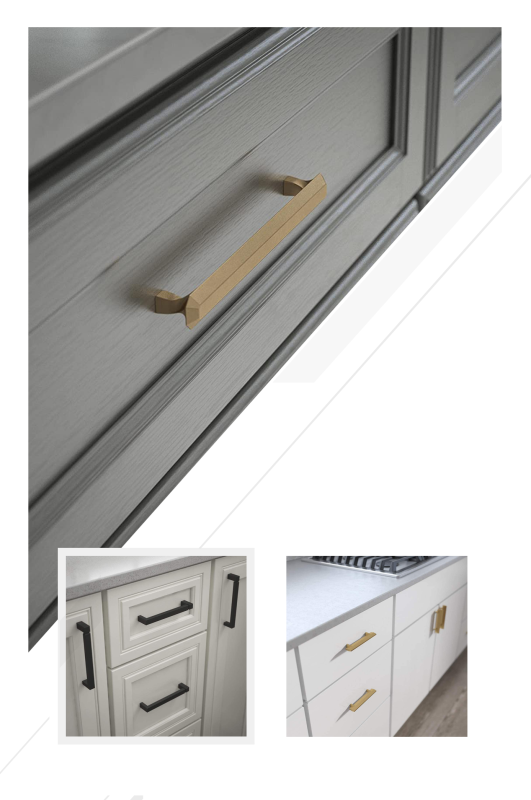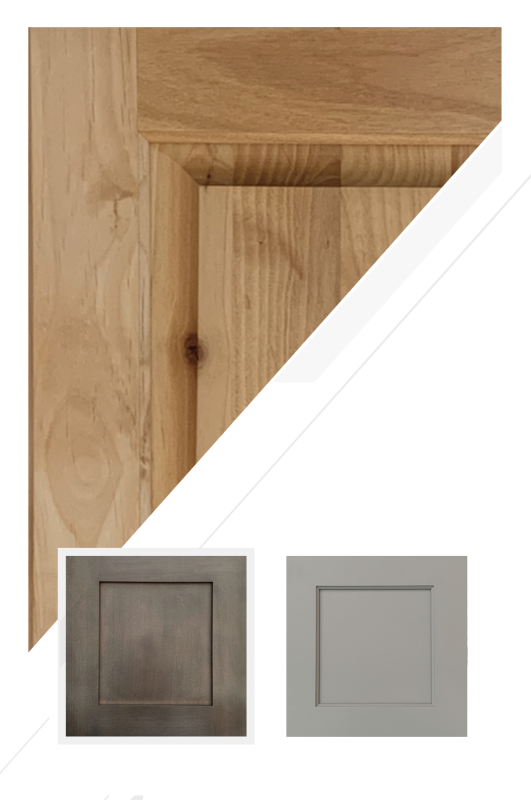Material Choices that Matter: Fire-Resistant Exteriors, Class A Roofs, and Tempered Glazing for Faster Rebuilds
By Joy Line Homes California
After a fire, every exterior choice should lower risk, shorten schedules, and pass review the first time. Joy Line Homes selects materials that look modern, clean easily, and stand up to heat, wind, and embers. We pair non combustible cladding with Class A roofing, tempered dual pane windows, ember resistant vents, and tidy flashings. The assemblies repeat across projects in Los Angeles, Ventura, Santa Rosa, Napa, and Paradise, which helps inspectors recognize the language and families gain a home that feels calm from day one.
Great materials are not enough on their own. They need details that installers can follow and that cities can verify without long phone calls. Our drawings match field photos. Our cut sheets match labels. The result is a shell that resists ignition, sheds water, and satisfies code while still reading as architecture rather than armor.
Cladding that Looks Good and Will Not Ignite
Cladding should be beautiful, low maintenance, and resistant to flame. Joy Line favors fiber cement panels, engineered metal systems, and mineral composite boards. Corners receive metal returns that stay crisp. Horizontal joints follow a simple pattern that aligns with window heads to keep the facade quiet. At grade, we respect clearances and finish the first five feet with mineral bands so crews can sweep after wind and the wall stays clean.
Penetrations are small but important. We use metal escutcheons, backer plates, and sealants rated for heat exposure. Where utilities pass through, sleeves receive gaskets and labels. Inspectors see the same detail in the packet and in the field, which reduces corrections and keeps work moving.
Trim, Corners, and the Art of the Edge
Edges collect water and debris if they are fussy. We keep trims minimal and durable. Metal outside corners with hemmed edges resist dings. Window trims step proud of the cladding just enough to protect sealant lines. At sills, a small drip kick stops streaks. These pieces read as design while they also protect the envelope from both rain and embers. Fewer places for leaves to hide means fewer surprises on inspection day and fewer chores for owners after a windy week.
Where wood accents appear, they sit off the wall on stand offs and stop at a stone break. This preserves warmth without creating a fuel bridge to the shell. The look stays modern and the rules remain clear.
Roofs that Carry the Load and Block the Heat
A Class A roof is required in high fire regions and it pays off in daily life too. We specify standing seam metal or rated composite systems that handle heat, embers, and long seasons of sun. Ridges run straight. Valleys are simple. Closure strips live under caps where they belong. Penetrations group where structure allows so flashings are secure and easy to inspect. Gutters include leaf guards and discharge to splash blocks or piped drains that carry water beyond the five foot band.
When solar is planned, we mark attachment zones on the drawings and protect those zones in the field. Future installers follow the map and leave the roof as tight as they found it. The home gets energy savings without creating new leak paths or inspection questions.
Windows that Hold and Views that Stay
Glass breaks under heat stress if it is not built for the job. Joy Line uses tempered dual pane glazing with frames that seal without a fight. Head flashings run continuous with end dams that actually catch water. Sills slope cleanly. Jambs receive backer rod and sealant that remain flexible. Large sliders step off the wall and sit under shade to lower heat and protect gaskets. Families get light and views without giving embers an easy path indoors.
We size openings for cross breeze on clear days and for simple sealing on smoke days. Locks feel solid. Gaskets meet at corners. The home breathes when invited and holds tight when asked.
Doors, Landings, and Weather at the Threshold
Doors work hard. They face dust, heat, and constant use. We install insulated doors with tight weatherstrips and set them over non combustible landings that slope gently away from the wall. Drip edges and sill pans route water outside. Tracks for sliders drain in the open rather than into hidden pockets. A good threshold reduces maintenance and protects the envelope every time someone comes home with groceries or the dog runs in from the yard.
At porches, we avoid ceiling pockets that can trap leaves. The surface reads as a quiet plane that lights well, cleans quickly, and denies embers a place to hide.
Vents, Soffits, and the Hidden Work of Air
Attic and crawl spaces need air but not embers. We use ember resistant vents with fine mesh and clear labels. Soffits are enclosed with ignition resistant panels and continuous blocking at seams. Vent locations avoid wind tunnels and sit where a person can reach them for cleaning. On elevated platforms, skirts close fully with tight access doors. Inspectors see order. Owners see a crawl that looks like a bright service room rather than a space for debris to gather.
These small pieces carry large value. The home feels quieter, sheds dust, and passes checks with a few nods rather than long lists.
Gutters, Downspouts, and the Five Foot Band
Water management supports fire safety. Clean walls dry fast. Joy Line installs leaf guards and routes downspouts to drains or splash blocks beyond the first five feet. That band near the wall stays mineral with pavers or stone that sweep in minutes. Hose bibs land at corners. Planters move outward onto their own pads. Fence lines return in metal or masonry. What reads as a tidy courtyard is also a textbook detail for high fire zones.
Side yards receive a gravel ribbon that doubles as a service lane. Filters and meters can be checked without stepping through plant beds, which keeps leaves away from vents and sills.
Fasteners, Sealants, and Small Parts that Decide Outcomes
Materials fail when small parts are overlooked. We specify corrosion aware fasteners in coastal air, use gaskets that match temperature ranges on hot valleys, and pick sealants that remain flexible rather than brittle. Labels on the utility wall list product names and dates so replacements are simple. Service becomes a quick task instead of detective work. When trades return for a touch up, they see the same hardware from house to house and work faster with fewer mistakes.
At marriage lines, we seal continuous gaskets and confirm fastener patterns before the crane leaves. A few minutes on set day protect years of comfort inside the home.
Factory Precision, Field Proof
Modular construction brings consistent fit. Edges arrive square. Windows are set plumb. Roof planes land true. In the field, we add proof. Photos of closure strips under caps. Photos of vent labels and soffit blocking. Photos of landings and drip edges. These images ride in the binder and answer questions before they are asked. Reviewers do not need to imagine what was hidden. They can see it and sign with confidence.
Families benefit as well. The same record helps with insurance supplements and future maintenance. Documentation is not busywork. It is a gift to your future self when a windy season returns.
Color, Texture, and Heat
Color choices influence comfort. Light roofs and light cladding reduce heat gain and help materials age well. Textures that are easy to wash keep walls fresh after dust. We pair matte sheens with crisp trims so the home looks calm in sun and shade. The palette reads modern without feeling cold, and it supports the performance goals of the shell rather than fighting them.
In coastal Ventura, we favor coatings and metals that resist salt. In Napa and Los Angeles valleys, we add shade devices at west glass to lower afternoon peaks while preserving views and light.
Material Schedules that Make Plan Check Easy
Plan reviewers move faster when material schedules are short and clear. Our sheets list cladding, corners, trims, soffits, vent models, roof assemblies, gutters, and glazing types next to detail bubbles. Cut sheets in the submittal book match the names on the plans. Field tags match both. The loop closes. Questions shrink. Approvals come back with few or no corrections, and the calendar advances without guesswork.
Digital uploads use the same order every time. When cities know what to expect, they read and sign faster because the packet answers the next question before it appears.
Cleaning and Care that Fit a Saturday
Durable materials should clean quickly. We leave a one page sheet with hose points, gentle cleaners, and a seasonal list. Rinse leaf guards. Sweep the five foot band. Wipe window tracks. Look at vent screens. Check door gaskets. None of these chores take long. Together they protect the shell, keep the facade bright, and make inspections short. Owners enjoy the home rather than chase problems that were easy to avoid.
When a storm is forecast, a second list adds simple steps. Close shade devices. Set Smoke Mode if air looks bad. Walk the band for debris. Calm routines beat panic every time.
ADUs that Share the Same Language
Accessory dwelling units use the same assemblies. Non combustible exteriors. Class A roofs. Tempered glazing. Ember guards. Mineral bands. When an ADU lands first, the city learns the Joy Line packet on a compact canvas. The main home follows with familiar details. Families get housing sooner and neighbors see order rather than a long, loud project. A shared material language becomes a community benefit as more lots return to normal.
Later, the ADU supports family, guests, or income. The finishes match the main home so the property reads as one calm composition from street to yard.
City Notes: One Material Language, Five Places
Los Angeles: Hillsides reward compact roof geometry, shaded west glass, and metal fence returns at narrow lanes. Light cladding lowers summer gain and keeps interiors steady.
Ventura: Salt and wind ask for coated fasteners, sealed cut edges on metal, and covered inverters. Leaf guards matter on breezy afternoons that fill gutters fast.
Santa Rosa: Neighborhood lots favor repeating cladding systems and slab speed. Inspectors recognize the same corners and trims across a block and move quickly.
Napa: Rural parcels pair mineral bands with swales and drive ribbons. Porch roofs use clean flashings that hold up through warm afternoons and cool nights.
Paradise: Disturbed soils and narrow lanes lean toward pile platforms with enclosed skirts and simple metal returns at fences. Labels and torque logs ride with material sheets for fast signatures.
Stories from Recent Shells
In Los Angeles, a light metal roof and fiber cement panels kept attic and wall temps low through a hot week and passed inspection with no notes. In Ventura, coated fasteners and sealed edges looked new after a windy month. In Santa Rosa, three neighbors used the same cladding and corner details and cleared final in a single morning. In Napa, a shaded slider stayed cool and quiet with clean tracks after summer dust. In Paradise, a platform with enclosed skirts and labeled vents earned a quick signature and felt solid through the first season of wind.
Budget Clarity with Honest Options
We present a short list of upgrades that change look without risking safety. A different metal profile, a panel reveal pattern, or a color shift. The base remains non combustible and strong. Owners see prices and decide quickly. Lenders and insurers appreciate assemblies that match the plan, because funding follows parts they can recognize and verify. Beauty and budget move together rather than fight.
How Joy Line Builds Your Exterior Package
We begin with a site walk and a short survey about sun, wind, and routine. Then we set a material schedule, draw the edges, and place vents, landings, and bands. The factory builds straight and square. The field seals, labels, and photographs. Inspectors see what they need. Families see a home that feels settled the first week and stays that way through seasons of weather and life.
The Joy Line Perspective
Material choices decide how a home behaves when days are calm and when days are hard. Joy Line Homes pairs non combustible cladding, Class A roofs, tempered glazing, guarded vents, and mineral bands into one clear system. The language is simple, the work is tidy, and the result is a shell that looks modern, cleans fast, and passes review without friction. That is how a rebuild should feel.
About Joy Line Homes
Joy Line Homes builds modular residences and ADUs with fire resistant exteriors, Class A roof assemblies, and tempered glazing. Details, labels, and clean photos keep approvals quick and care simple across California fire regions.
Visit JoyLineHomes.com to request our exterior materials packet and sample detail set.
We are based in Santa Cruz County ,
California
Tel: (831) 888-Home
Email: info@joylinehomes.com
Business Hours: 9am - 6pm

